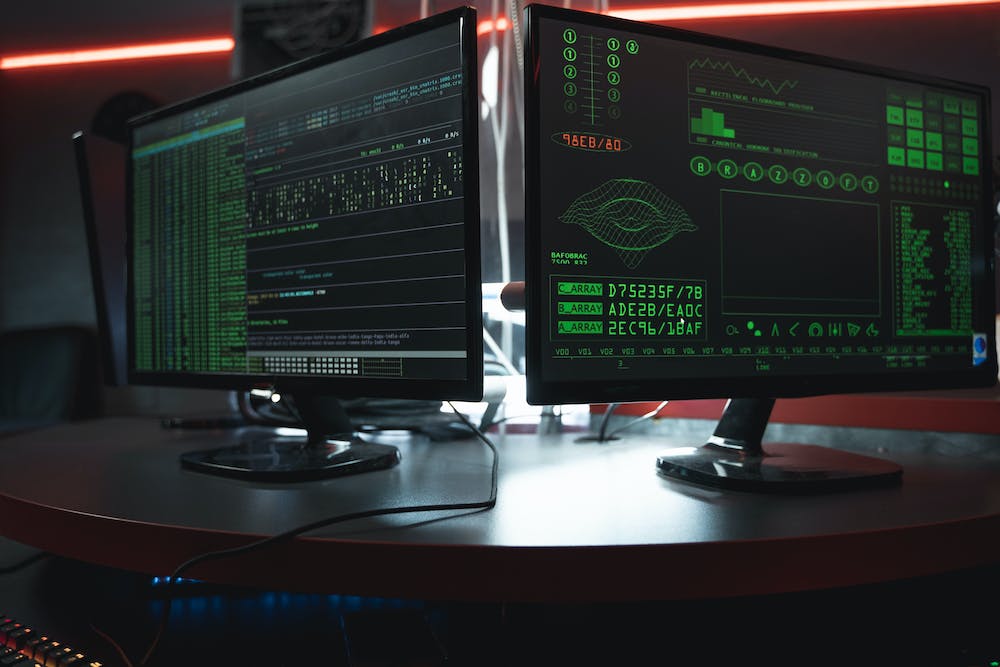
In the world of programming, ASCII art holds a special place. IT‘s a form of art that uses characters from the ASCII standard to create images. In this article, we will take you through the process of converting images to ASCII art using Python. This can be a fun project for beginners and a great way to add a unique touch to your programming skills.
What is ASCII Art?
ASCII art is a graphic design technique that uses printable characters from the ASCII standard to create visual artwork. The characters used can range from letters, numbers, and symbols to create images. This form of art has been around since the early days of computer graphics and is a popular way to create images using plain text.
Why Convert Images to ASCII Art?
Converting images to ASCII art can be a fun and creative way to represent images in a unique form. It can also be used for various purposes such as creating visually appealing banners, creating unique signatures, and even for creating unique social media posts. Additionally, it’s a great way to learn more about image processing and programming in Python.
How to Convert Images to ASCII Art using Python
Now, let’s dive into the steps to convert images to ASCII art using Python. We will be using the following libraries to achieve this:
- NumPy: for numerical processing
- OpenCV: for image processing
- Pillow: for image manipulation
First, we need to install these libraries using the following commands:
pip install numpy
pip install opencv-python
pip install pillow
Once we have these libraries installed, we can start writing the Python code to convert images to ASCII art. Below is the Python script to achieve this:
import numpy as np
import cv2
from PIL import Image
# Load the image using OpenCV
image = cv2.imread('input_image.jpg')
# Convert the image to grayscale
gray_image = cv2.cvtColor(image, cv2.COLOR_BGR2GRAY)
# Resize the image to a smaller size
resized_image = cv2.resize(gray_image, (100, 100))
# Define the ASCII characters to represent the grayscale values
ascii_chars = "@%#*+=-:. "
# Create a string of ASCII characters based on the grayscale values
ascii_image = ""
for row in resized_image:
for pixel in row:
ascii_image += ascii_chars[pixel//32]
ascii_image += "\n"
# Save the ASCII art to a text file
with open('ascii_art.txt', 'w') as f:
f.write(ascii_image)
# Display the ASCII art in the console
print(ascii_image)
Let’s break down the above code:
- We start by loading the input image using OpenCV.
- We convert the image to grayscale as ASCII art does not use color.
- We resize the image to a smaller size to better represent the ASCII art.
- We then define a string of ASCII characters ranging from dark to light, to represent the grayscale values in the image.
- We create a new string by replacing each pixel in the resized image with the corresponding ASCII character based on its brightness level.
- Finally, we save the generated ASCII art to a text file and display it in the console.
With just a few lines of code, we have successfully converted our input image to ASCII art!
Conclusion
Converting images to ASCII art using Python can be a fun and creative way to represent images in a unique form. It’s also a great way to learn more about image processing and programming in Python. With the steps outlined in this article, you can start creating your own ASCII art from any image. So, grab your favorite images and start converting them to ASCII art with just a few simple steps!
FAQs
1. Can I use any image for converting to ASCII art?
Yes, you can use any image for converting to ASCII art. However, it’s recommended to use images with good contrast to get better results.
2. Are there any other libraries available for converting images to ASCII art?
Yes, there are other libraries available such as scikit-image and Pygame which can also be used for converting images to ASCII art.
3. Can I convert colored images to ASCII art?
It’s recommended to convert colored images to grayscale before converting to ASCII art as ASCII art is typically represented in grayscale.
4. Can I enhance the resolution of the ASCII art?
Yes, you can enhance the resolution by resizing the input image to a larger size before converting to ASCII art, but keep in mind that larger images will also result in larger ASCII art files.
5. How can I share my ASCII art with others?
You can share your ASCII art by saving it to a text file and sharing it with others. You can also display it in the console or create a web page to showcase your ASCII art.
We hope this article has provided you with a good understanding of how to convert images to ASCII art using Python. Have fun experimenting with different images and creating your unique ASCII art!





